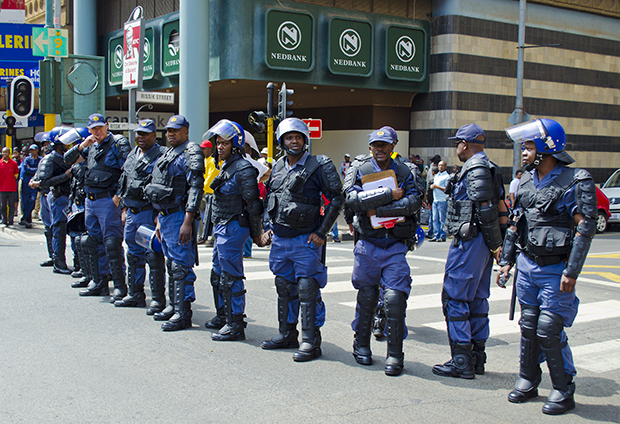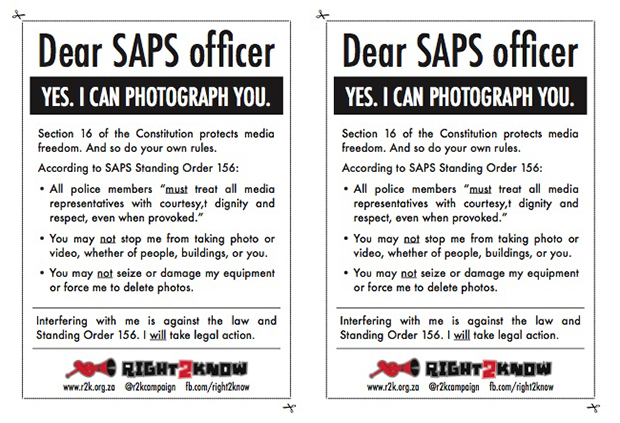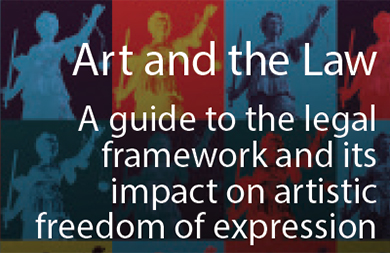6 Aug 2015 | Azerbaijan, Azerbaijan News, mobile
[smartslider2 slider=”35″]
Prosecutors in the case against Leyla Yunus and Arif Yunus have asked the court to sentence the couple to 11 and 9 years respectively, Radio Free Europe reported. It is the latest in a series of moves by the government of Azerbaijan to silence those who have been calling for more freedom and democracy in the country.
The couple face spurious charges of treason, fraud and forgery.
“The world must not turn a blind eye to the ongoing persecution of civil society activists and investigative journalists at the hands of President Ilham Aliyev’s government. The international community must pressure the government to end its attack on civil society and respect international human rights standards,” Melody Patry, senior advocacy officer at Index on Censorship said.
Azerbaijan: Silencing human rights
Ongoing coverage of the crackdown on civil society by the government of President Ilham Aliyev
|
In her role as director of the Peace and Democracy Institute, Leyla Yunus sought to build bridges with Armenian human rights organisation in an attempt to defuse tensions between Azerbaijan and Armenia. Her husband Arif is a historian and researcher who focused on the Nagorno-Karabakh conflict with Armenia.
The Yunus’ trial began on 27 July 2015, nearly a year after they were taken into custody days apart from each other. The couple are set to return to court on 10 August. Today marks a year and a day since the arrest of Arif Yunus on 5 August 2014. Leyla Yunus was arrested on 30 July 2014.
Earlier this week, an appeals court confirmed the six year and three month sentence that was slapped on pro-democracy activist Rasul Jafarov in April 2015.
Investigative journalist Khadija Ismayilova, who exposed corruption associated with the family of Ilham Aliyev, faces a continuation of her trial on 7 Aug. Journalists and observers were barred from the last court session on 24 July. Ismayilova won the US National Press Club‘s highest award on 29 July.
This article was posted on 6 August 2015 at indexoncensorship.org
6 Aug 2015 | mobile, News and features, South Africa

Despite Standing Order 156 incidents of police harassment of journalists continues. (Photo: Jaxons / Shutterstock.com)
Raymond Joseph has joined Index as a columnist
Working as a reporter in the spiraling cauldron of violence in South Africa of 70s and 80s, I learned early on to be wary of the police, who would often harass, bully and even detain journalists for doing their job.
Often it happened when police, armed to the teeth, went into operational mode, firing teargas, baton rounds and even live ammunition to brutally break up protests.
While reporters were also targeted, it was photographers and cameramen who were really in the firing line. Toting cameras, they were easily visible. Their pictures or footage were regularly destroyed by police and their equipment damaged or confiscated.
As a young reporter, I became adept at stashing exposed rolls of film, slipped to me by photographer colleagues, down the front of my trousers to hide them from the police.
Anyone who worked as a journalist in those turbulent times has stories to tell of being pushed around and bullied by the police who saw the media, especially those working for the anti-apartheid era English language Press, as “the enemy”.
Fast forward two decades into post-apartheid South Africa and practically every working journalist also has a story of police harassment to tell, often arising from incidents when they were reporting or filming police officers. Many less serious incidents go unreported, accepted by journalists as part of the job.
This is happening despite the South African Police Service’s own Standing Order 156 that sets out how the police must behave towards the media. The language used is unequivocal and leaves no room for misunderstanding. It makes it clear that police cannot stop journalists from taking photos or filming, including photographing police officers. It also states that “under no circumstances” may media be “verbally or physically abused” and “under no circumstances whatsoever, may a member willfully damage the camera, film, recording or other equipment of a media representative.”
Yet despite high-level meetings between media and the police’s top brass, who say that such actions are not condoned, incidents continue to occur. The most recent meeting was in June this year between the South African National Editors’ Forum (SANEF) and the Johannesburg Metro Police after a photographer and TV cameraman were roughed up when they filmed officers arresting a drunk driver.
Incidents are happening so regularly that the Right2Know Campaign has published a booklet and cards explaining their rights for journalists to give to police if they are interfered with while on the job.

But, problematically, Standing Order 156 only deals with media and makes no mention of civilians who film the police using mobile phones.
“One shortcoming that we discovered in putting this together is that there isn’t enough protection for bystanders with cell phones,” says R2K spokesman Murray Hunter. “Under the Constitution, everyone has the same right to freedom of expression – working journalists and ordinary people alike. It’s especially important since bystanders with cell phones are often sources for mainstream media.
“But the direct orders that we refer to in this advisory only instruct police not to interfere with old-school media workers. So bystanders may still find themselves in a situation where the Constitution recognises their right to freedom of expression, but a police officer on the ground doesn’t.”
An example of the important role now played by citizens in newsgathering is the video footage shot by a bystander on a mobile phone of police brutalising taxi driver Mido Macia for an alleged minor parking offence. Sent anonymously to the Daily Sun newspaper, it led to the dismissal of nine policemen, who are now on trial for the killing of Macia.
One beacon of hope is that Standing Order 156 is under review after SANEF complained to the police about repeated media harassment. R2K sees this as an opportunity to include protection of the rights of citizen reporters, as well as media professionals, says Hunter.
But that could take time and involve protracted negotiations. And even if it happens there is no guarantee that police will heed the force’s own rules, or that the harassment of journalists and others will end.
It seems that the more things change, the more they will stay the same.
This column was posted on 6 August 2015 at indexoncensorship.org
5 Aug 2015 | About Index, Campaigns, mobile, Statements
It is very worrying that a theatre production about an important subject and one that young people need to be able to discuss and debate should be closed down.
The decision to cancel Homegrown, a National Youth Theatre production that included a cast of 112 young people between the ages of 15 and 25, was made 10 days before it was due to be staged at an east London school. The play, a promenade-like production in which the audience would overhear hallway conversations between the actors, was developed through workshops put on by the creators. Director Nadia Latif and playwright Omar El-Khairy believe the production was cancelled due to external pressures, according to The Guardian.
Despite the Prime Minister’s recent statements about shutting down speech about extremism, as a society we should be encouraging vehicles that shed light on the processes of radicalisation among young people. The way forward is to open up discussions about controversial subjects in contemporary Britain.
The police and local officials clearly need to be reminded that they have a duty to protect the right to free expression.
4 Aug 2015 | Academic Freedom, Magazine, mobile, Student Reading Lists
The arts are an incredibly popular outlet for free expression but too often they are restricted. Index on Censorship have recently published a number of law packs informing artistic organisations of their rights when having their works challenged.
This reading list combines a number of articles from issues of Index on Censorship throughout the years dealing with censorship in the arts. It includes an examination of street art as a symbol of freedom in Egypt and a look by Andrea Webster at the policing of theatre in Indonesia.
Students and academics can browse the Index magazine archive in thousands of university libraries via Sage Journals.
Censorship in the arts articles
Hard times for poetry by Michael Morley
Michael Morley, June 1973; vol. 2, 2: pp. 23-26
Michael Morley discusses the poetry of German singer-songwriter Wolf Biermann
Image Control by Zoriah Miller
Zoriah Miller, November 2008; vol. 37, 4: pp. 50-68
Photojournalist Zoriah Miller on the US military’s battle to stop him from revealing the true cost of the war in Iraq
Art or Vandalism? By Yasmine El Rashidi
Yasmine El Rashidi, September 2011; vol. 40, 3: pp. 78-88
A look at how street art has become a growing symbol of freedom of expression on the streets of Cairo
Freedom to Publish by Richard Kostelanetz
Richard Kostelanetz, March 1975; vol. 4, 1: pp. 58-60
The American artist, author and critic on the freedom to publish works
Play politics: policing theatre in Indonesia by Andrea Webster
Andrea Webster, July 1991; vol. 20, 2: pp. 73-5
How popular theatre in Jakarta, Indonesia is being stifled by the regime of President Suharto
Artful words by Nadine Gordimer
Nadine Gordimer, May 1997; vol. 26, 3: pp. 30-33
Nobel Prize-winning Nadine Gordimer on disagreements surrounding the role of literature in society
Censorship? What censorship? By Ursula Owen, Marie Korpe, Ole Reitov
Ursula Owen, Marie Korpe, Ole Reitov, November 1998; vol. 27, 6: pp. 5
Former Index editor Ursula Owen, along with Marie Korpe and Ole Reitov, introduces Index’s special report on music in censorship
Bring Music, Bring Life by Clemency Burton-Hill
Clemency Burton-Hill, September 2010; vol. 39, 3: pp. 11-19
Clemency Burton-Hill speaks to Daniel Barenboim about how government’s continue to fear the power and influence of music
Global View: Artists on the frontline of censorship battles by Jodie Ginsberg
Jodie Ginsberg, September 2014; vol. 43, 3: pp. 67-69
Index CEO Jodie Ginsberg deconstructs why artists are so often on the front line of censorship battles
The reading list for censorship in the arts can also be found over on the sage website



